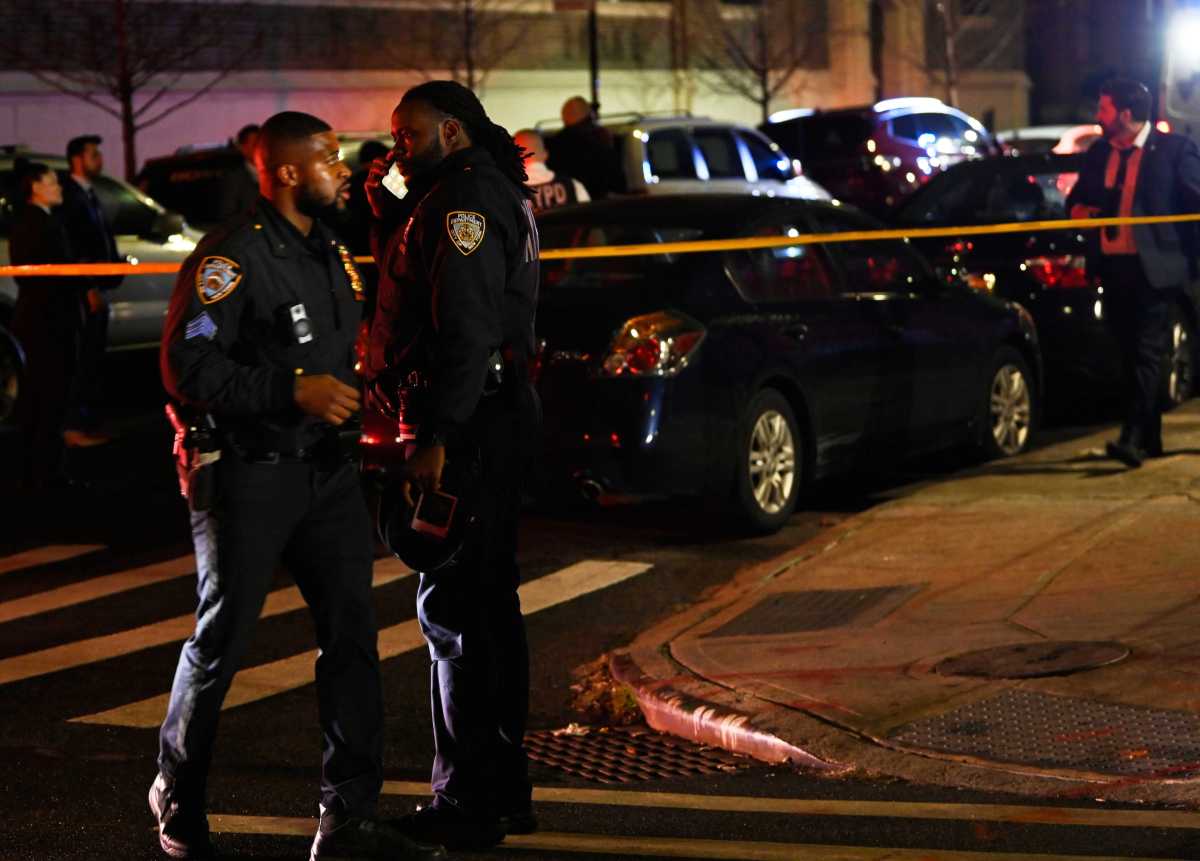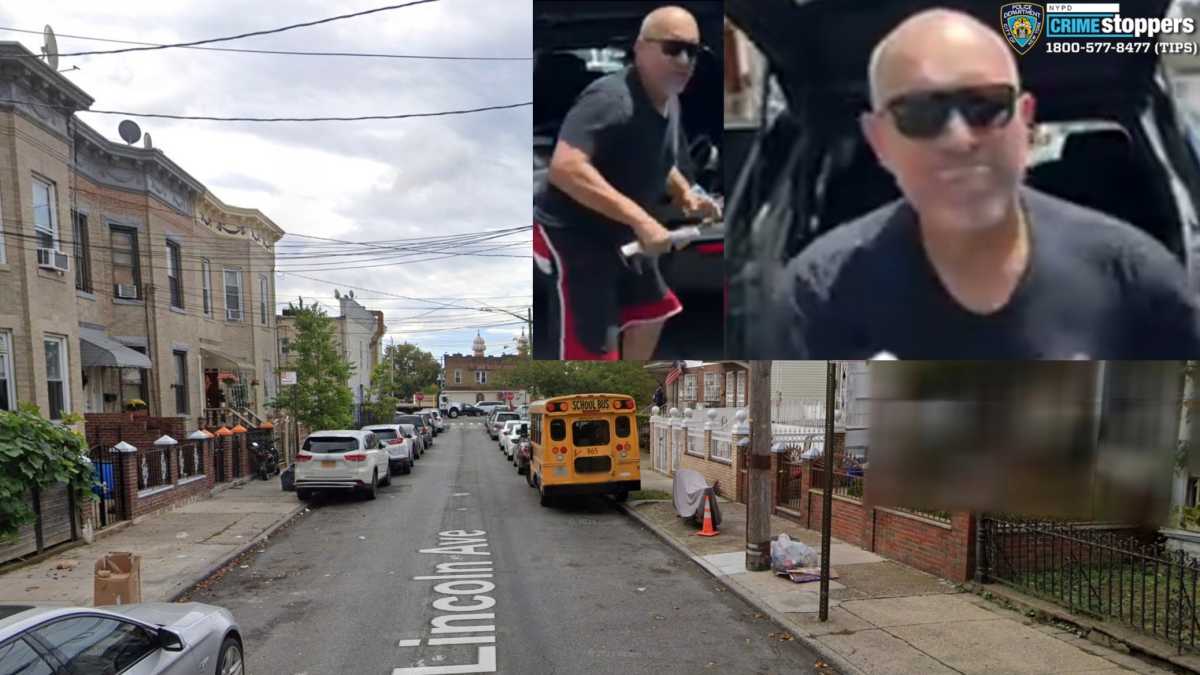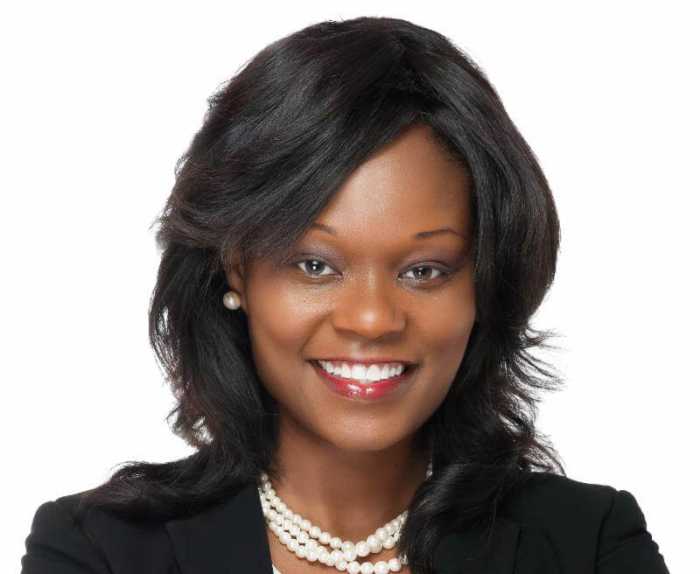There’s a brand new emergency room at the old Victory Memorial Hospital — but you’ll still have to walk in to get any service.
The ER, which has been operated by SUNY Downstate Medical Center since shortly after the hospital closed in 2008, just underwent a three-month renovation, according to Ray Cupid, Downstate’s associate director of nursing, who is running the center, located at Seventh Avenue and 92nd Street.
“We can take care of scraped knees or a heart attack,” Cupid said. “We can handle anything that walks through the door.”
And there’s the rub.
Because the emergency room is not attached to a working hospital, it is not a part of the city’s 911 system — so emergency pick-ups from nearby are sent to out-of-neighborhood hospitals, usually Lutheran Medical Center in Sunset Park.
Presently, patients who can get themselves to the emergency room are stabilized there before being transferred by ambulance to another location, either Downstate in East Flatbush — which is offered by the center staff — or a hospital of their choice.
The 24/7 facility is staffed by one doctor, two nurses and a nurse technician and has 17 acute-area beds, an isolation room, a gynecological room, an orthopedic room, a designated asthma area, a designated area for patients saying they are acute, and a fast track stitch-them-up area.
Since Victory closed, there has been a significant increase in the number of patients seen in the Lutheran Medical Center ER, said Neal Gorman, vice president of public relations for Lutheran. In 2004, said Gorman, Lutheran saw an average of 136 patients a day in the ER versus the 181 patients they see now.
“That’s pretty significant for an ER,” Gorman emphasized.
Due to the increase, Lutheran has been improving its emergency room facilities, moving the hospital’s family health center to a different location so that the ER could expand. That construction is currently underway, and will include a new 10-bed Intensive Care Unit, as well as an increase in the number of treatment bays from 30 to 46.
Lutheran has also added staff and created programming such as the Quick Care Program staffed by physician assistants that provides services for less urgent conditions, freeing up physicians to treat more acute cases, Gorman said.

















